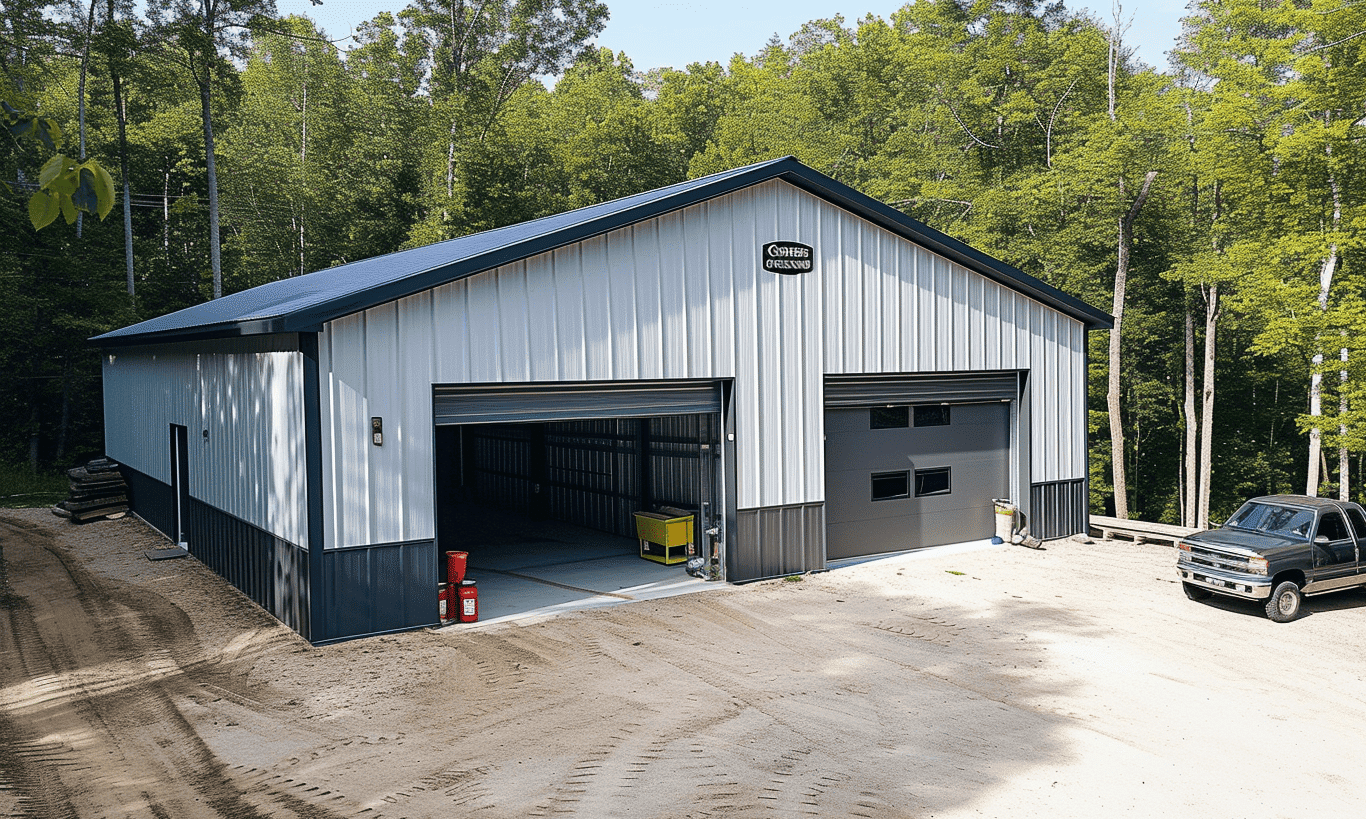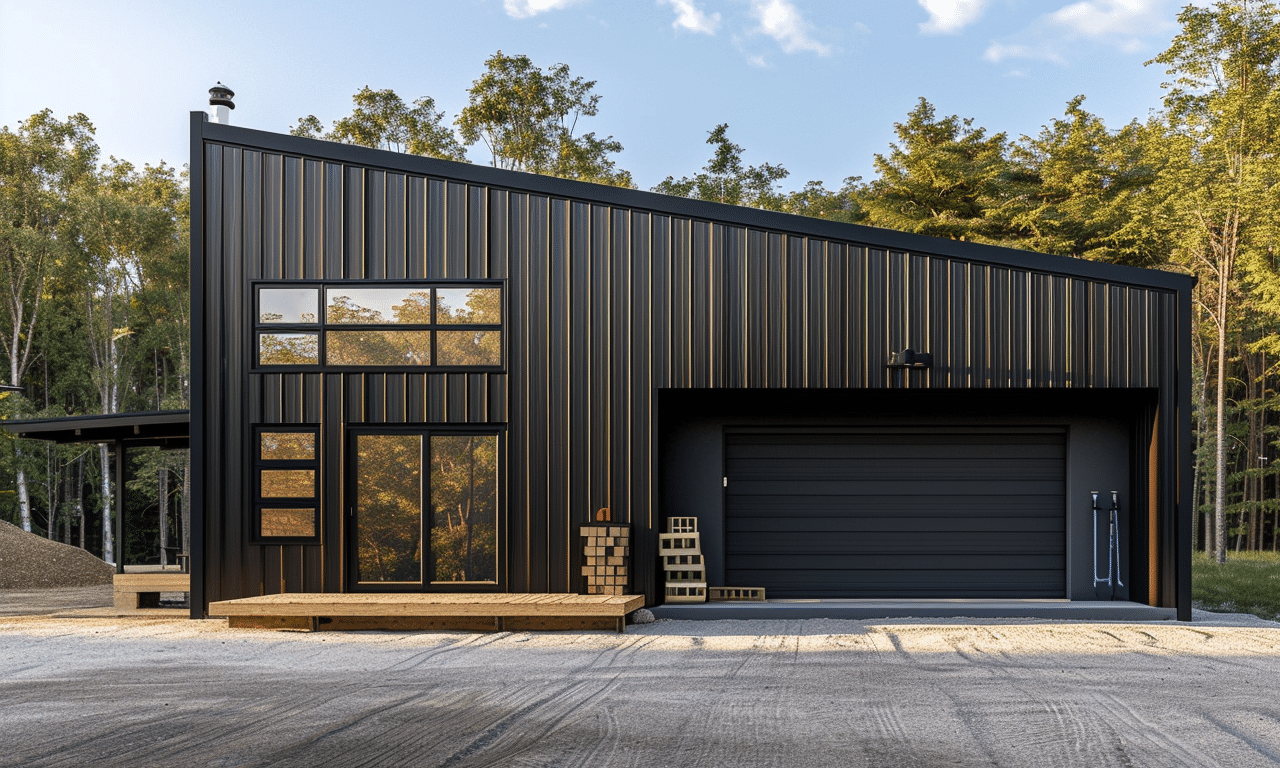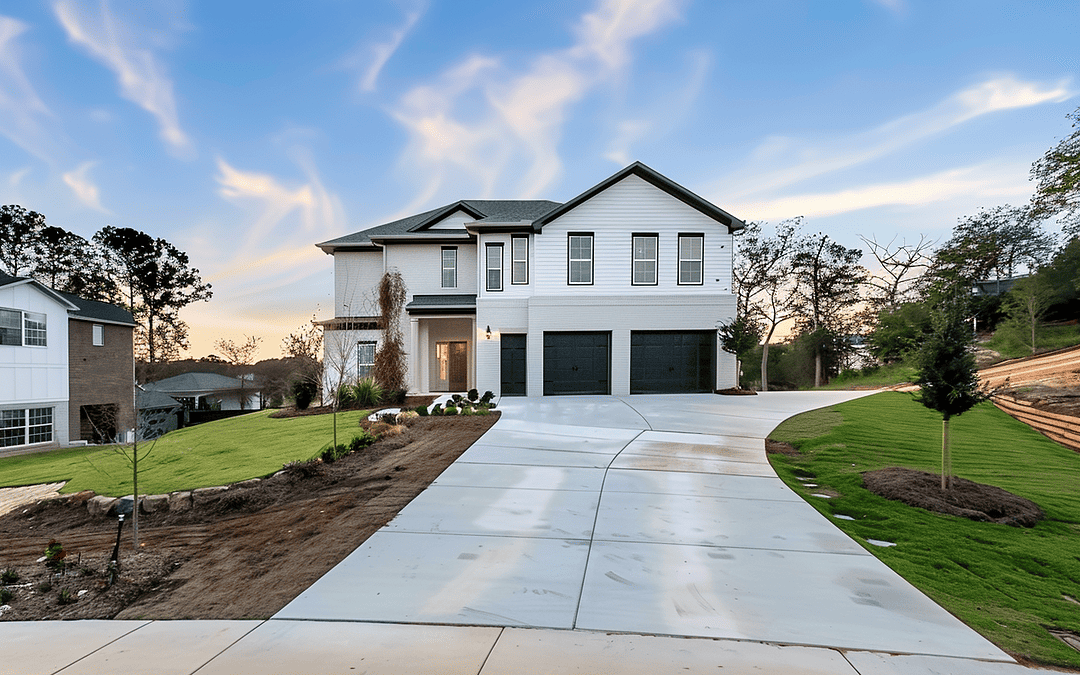Revitalizing Downtown London: Turning Underused Office Space into Residential Units
It has been reported that an underused downtown office building in London will soon give way to a cluster of residential units. The city is proudly injecting nearly $3.29 million into the project, aiding in the revitalization of the downtown core and supplying much-needed housing stock to the region. Construction at 195 Dufferin will commence as early as this summer, with prospective residents expected to start moving in by fall 2025.
Addressing London’s Housing Needs: A Practical Initiative
As urban centers grapple with increasing population growth and housing shortages, creative solutions towards sustainable urban development are more critical than ever. The endeavor to convert the underutilized building at 195 Dufferin into residential units is an efficient and innovative approach to address these issues. By leveraging existing structures and effectively repurposing them, the city of London is making stride towards mitigating housing shortage.

From Office Space to Residential Dwellings: A Transformative Journey
The transformation of an office building into residential units might seem an ambitious venture. However, given the current trend towards remote working structures, many commercial spaces remain underused, offering a potential solution to housing deficits in urban areas. London’s initiative represents a recognition of this shift and its preparedness to adapt accordingly.
The revitalization project will offer a range of accommodations, from affordable housing schemes to apartments catering to the mid-income segment. This spectrum of offerings should ensure the accessibility and inclusiveness of the project, contributing positively to the London community’s diverse needs.
Project Funding: A Unifying Effort
The project’s funding is testament to London’s commitment to sustainability and urban development. The city’s contribution of $3.29 million, allocated from municipal grants, is a significant investment that underscores the importance of addressing urban housing shortages.

Repurposed Buildings: A Sustainable Alternative
Turning commercial buildings into residential units is not only a response to the housing shortage but also a sustainable and environmentally friendly solution. This approach saves resources that would otherwise be required for new construction. It also minimizes the impact on local ecosystems that can result from extensive ground works associated with building projects. Choosing to repurpose existing structures is certainly a step in the right direction, fostering a culture of sustainability and responsible growth in the city.
Building Teams Up for the Challenge
Executing such transformative projects requires a competent and dedicated construction force. Companies like Your Building Team, specialized in turning visions into reality, have the necessary expertise and experience to tackle these renovations. Whether it’s a traditional build like the Steel Buildings in Ontario or converting commercial spaces into residential ones, the right construction team is essential to realizing the project’s goals.

Conclusion
The transformation of the underutilized office building at 195 Dufferin into much-needed residential units is a constructive step towards sustainable urban development in London. By repurposing existing structures for housing, addressing housing shortages, and encouraging diversity in community living, the city of London is certainly moving in the right direction. What do you think about this revitalizing move? Leave your comments below and share your thoughts.
For more about the project, check out the original news source here.




